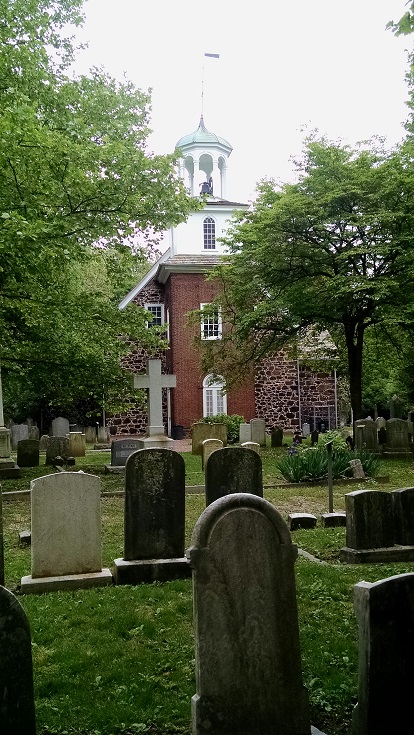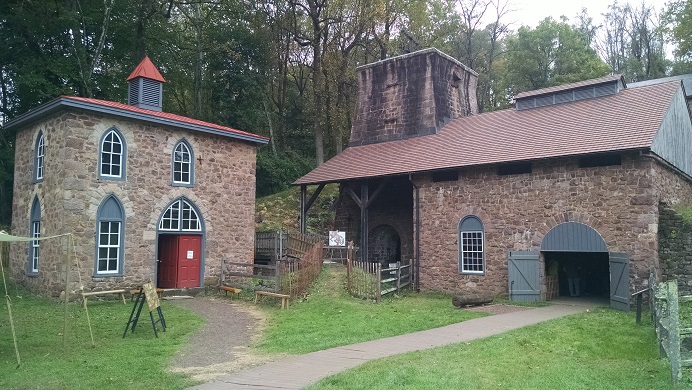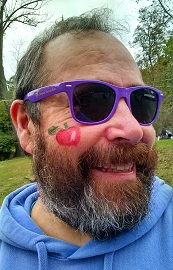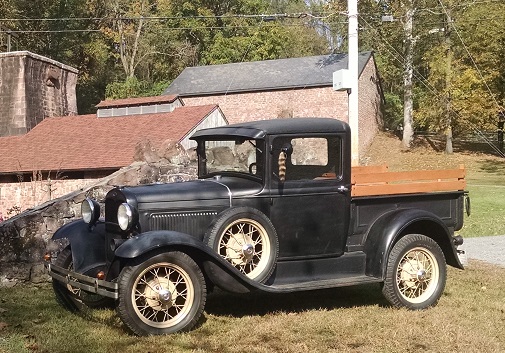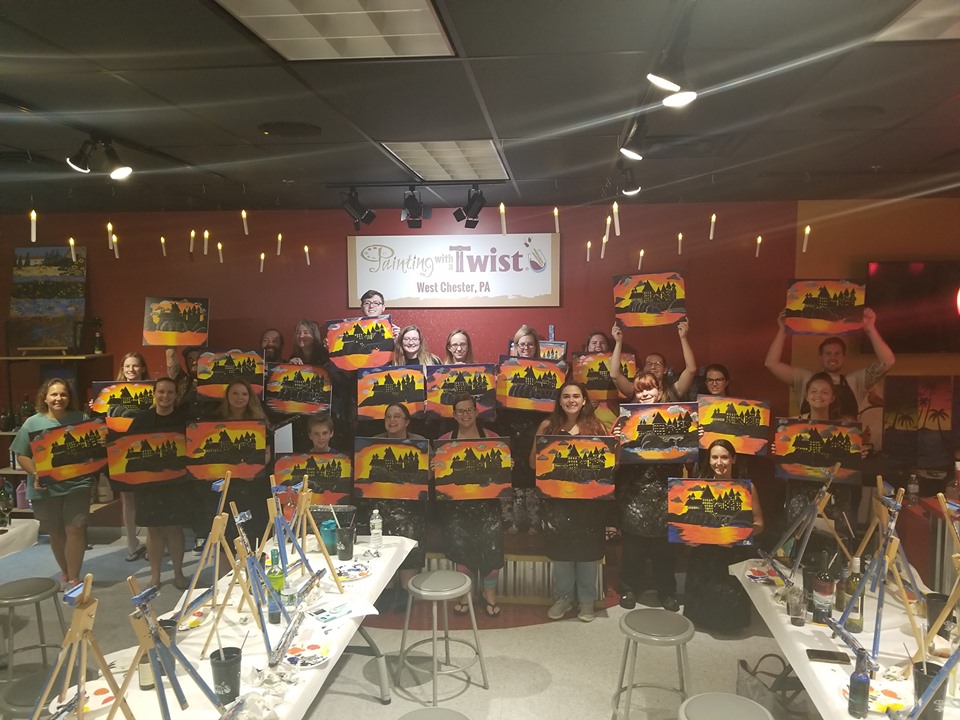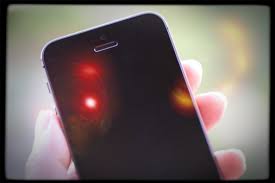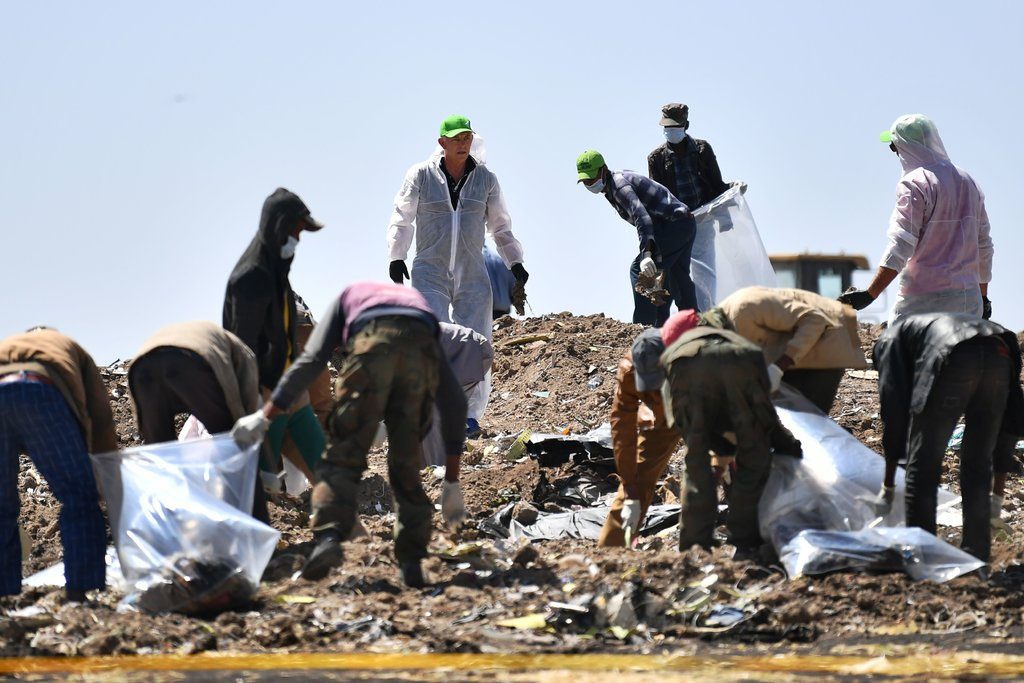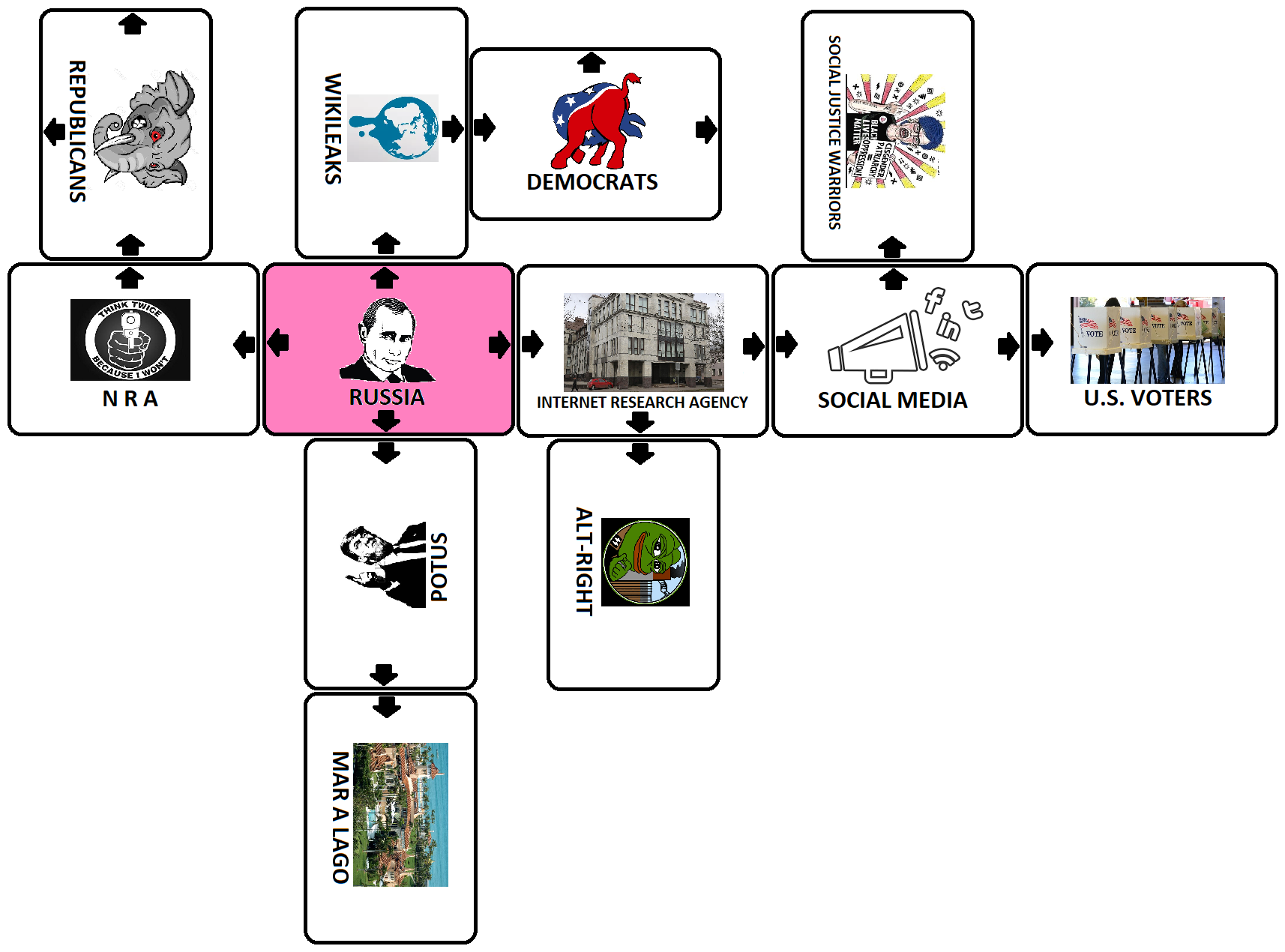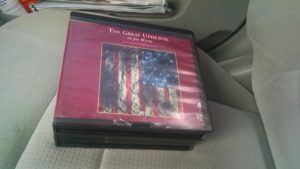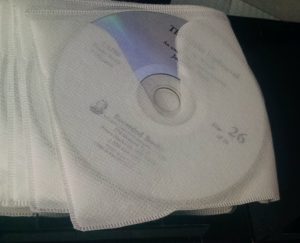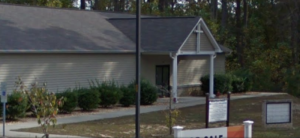Dee Em Vee
This is the story of my recent visits to the Pennsylvania Department of Transportation (PennDOT) in an effort to acquire a valid driver’s license that meets Homeland Security’s Real ID security standards.
It all started when I moved to Pennsylvania and got my PA driver’s license, back in 2018. This license was set to expire in September of 2021, which of course is now, and had the address of my apartment in West Chester. Then there was a pandemic, and I moved to Morgantown. Being a good citizen, I let PennDOT know. When it came time to renew my license, they sent me a “camera card” with my new address. I was supposed to take the camera card to a PennDOT location to get a new photo taken and have my new license printed up. I put the camera card in my wallet, with my license, so that I had proof of my correct address with me when I was driving.
I delayed getting this done for a few weeks, but time was running out. My camera card was only valid until the end of September. I decided to get my new photo and license this Monday, during my lunch break. I had two locations to choose between, and I decided to go to the one that I figured would be less crowded. That morning after I awoke, I took a shower and put on a nice shirt. I did a load of laundry, then went to work (meaning upstairs in the home office). As it got close to noon, I logged off and got ready to go. I was so excited!
I had this vague idea that I would see if I could get a Real ID while I was at it, and I knew that required me to bring my birth certificate and my SSN card, both of which I had. My SSN card is really old and worn out; it’s from when I was a child. I got them together, and my checkbook in case I needed it to pay because they didn’t take cards, but where was my wallet? I realized that I had left it in my pants when I did the laundry! It had gone completely through the wash, and my camera card was in there!
I extracted the still damp camera card and stuck it between two paper towels. It still seemed legible to me, despite the ink being smeared. Maybe I would be OK. I took all the plastic out of the wallet, including my expired license, and with this pile of documents I headed out to Pottstown.
My maps software helpfully guided me to the PennDOT location, which was right in the middle of town. It was a small building. A sign on the door implored, “please wear a face mask,” which of course I was doing since the pandemic is not over. Inside the building there were two rooms I could enter; and since the one on the right had the camera setup, that seemed like the obvious choice. Maybe a dozen or so people were already there, most of whom were ignoring the mask sign. There was a dispenser to grab a ticket with a number on it, so I took my number and sat on a chair against the wall.
It appeared I was in the right place, and shortly my number was called. There was just a young guy behind a desk who took my ticket, and a woman who was behind a nearby counter doing most of the work (both employees were masked). I showed the young guy my laundered camera card and explained the situation. He made a little of fun of me for washing my wallet, then gave the card to the woman, along with my driver’s license. She tried to scan the card, but it wouldn’t read. She told me that she wouldn’t be able to help me. I would need a new camera card, but they had no way to get me that here, though I might be able to go across the hall and get one, or go to a “full service” PennDOT location.
So I went across the hall. It was another small room, with two employees behind a counter, neither one masked, but at least they had plexiglass set up. Each one was busy with a customer. Both of these customers had some super complicated thing to do involving tag or title transfer, and I stood there waiting for a good while. It was hot and stuffy, because the AC wasn’t working, which I overheard one of the employees mention. Behind me, a line started to form. I was the only one with a face mask, and feeling uncomfortable.
At one point the same employee who had commented on the AC not working called out to the people in line, to tell them that if they were here to get a photo taken, they were in the wrong room. She wanted to make sure they knew to go across the hall. I took advantage of the opportunity to engage her, even though her customer was still at her counter. I told her I was here to get a new camera card. She said that would be possible, but I wouldn’t get it right away. It would be mailed to me.
That was of no use to me, so I left. I drove back home, feeling cranky. Trying to keep a sense of humor, I joked to my housemates that our supposed advanced civilization doesn’t even have the capability to scan a camera card just because you decided to send it through one cycle in the washing machine. You couldn’t even do one cycle in the washing machine without the whole system breaking down! My BFF gently reminded me that it was my own fault and I should own the responsibility.
I went online and looked at what my options might be. I found the DL-80 form to get a new camera card, but it had to be notarized. So I couldn’t even conveniently request the card from home and just sit on the problem for another week or so; I would have to go out again. I resolved to go to the alternate location in Reading, which I believed was probably a “full service” PennDOT. I would leave first thing in the morning. It opened at 8:30 AM. I let work know I was going to be offline in the AM the next day.
So on Tuesday I woke up early, showered, and put on the same shirt. I had a cup of coffee and a protein bar, and headed out as soon as I could. I got to the PennDOT location at 8:45 AM. There as a huge line of people in front of the building, at least thirty or more. But I was resolved. I approached the building, and discerned that there were multiple lines. A man in a guard’s uniform was there, and when I went up to him he asked me what I was there for. I tentatively replied that I wanted to get a Real ID, and he directed me to the proper line.
Luckily, it wasn’t too hot out yet. Also, most, though not all, of the people in line were wearing face masks. The crowd’s mood was generally positive, and slowly but surely the lines advanced into the building. It seemed they were letting in one person from each line on a rotating basis. In about 45 minutes I was in the building, in a consolidated line at the entrance. It was a very large room, with rows and rows of seats with people in them on one side, and a row of counters on the other. Two different gentlemen were processing the newcomers at the entrance.
Suddenly I saw the same young guy who had first taken my number the previous day, walking right by me. He was working at this location today. I called to him that I recognized him from Pottstown, and excitedly told him that I was having a DMV adventure this week. He gave me a quick sideways glance and slight smile, then hurried off.
One of the two gentlemen in front summoned me up to his counter with a hand wave. He asked me what I wanted and I told him I wanted to get Real ID, and also that I had a camera card that had gone through the washing machine. He made a little fun of me for washing my camera card, then told me I would be able to get a new one here, and listed what I needed to get Real ID. Birth certificate; I had that. Social security card, had to be the real thing, not a photocopy; I had that. Two proofs of address. Oh oh. I hadn’t brought that.
Not to fear, he assured me. The camera card had my address, so that was one. And if I had a vehicle registration or proof of insurance card, those could work, too. Those were in the car, I told him, and he had me run out to get them, then come immediately back to him. I ran out, clutching my precious bundle of documents, added the registration and proof of insurance to the pile, then returned. He was seeing another customer, but as soon as he was done, beckoned to me again.
The vehicle registration had my current address, so I was in luck, although the insurance card was old and did not. He gave me a ticket with a number and had me go sit down in the rows of chairs. I picked a corner, as far away from other people as possible. Waiting here, though, wasn’t as bad as it had been at the other location the previous day. Here, the air conditioning was working. The building was much more spacious, and almost everyone was wearing a face mask.
My number was called over the PA system, along with the number of the counter I was to go to. A woman there took all my documents and listened to my story and my request. She made gentle fun of the fact that I had washed my wallet. She also told me that, unfortunately, I would not be able to use my camera card as one of the two proofs of my address to get a Real ID compliant license, since it was associated with my old driver’s license which had my old address on it. I pointed out that the camera card itself had the new address on it, but she insisted that was not how it worked. If my driver’s license was current, with my current address, I would be able to use it. But not as things stood.
So wait, I continued, attempting an argument. I had everything I needed to renew my license, right? The answer was yes. And once I had a new license, with my current address, I would be able to get the Real ID, right? The answer was yes. So why not just let me get the Real ID with what I had, since it was the same information? That wasn’t how it worked. It was the federal government, you see. Very strict. But I could get my renewed driver’s license and come through again for the Real ID? Absolutely. She told me to do that, and just come directly to her after getting my license.
The path before me was now clear. The woman behind the counter printed me up a new camera card, which cost me 5 bucks. I returned to my seat to wait for my number to be called again, and when it was I was directed to one of the counters where the photos were taken. A woman there directed me to sit in a chair facing a camera. I set my pile of documents, now in disarray, down on the counter and then did as instructed. I did my best to smile cheerfully at the camera. Calm blue ocean. She snapped my picture, then had me come up to the counter to go through a brief questionnaire on a touch screen. It was hard for me to read, and I kept having to shift my glasses to see it properly. One of the annoying things about growing old.
Once that was done, I grabbed my document pile, seated myself near the photo section, and waited some more. My name was called, and I was given my license, which I had to verify and then sign for. I immediately went to the other counter where the first woman was, and hovered until she beckoned me forward. She processed me again, scanning all of the documents that proved to the federal government that I was who I said I was. She gave me yet another camera card, and charged me 60 bucks this time. She also gave me a new number for getting my photo taken.
Back to a seat to wait. I had been at the building for over two hours now. I looked around, wondering if I would recognize any faces of customers who had been there when I originally showed up. I saw one. This wait ended up being the longest, or maybe it just felt that way, since I was so close to the finish line. After half an hour, I was getting nervous. Maybe my new number wouldn’t work, because the woman at the counter hadn’t entered it correctly into the system. I was getting close to getting up to ask her if there was an issue, when a number very close to mine got called.
That gave me hope. There was light at the end of the tunnel. A little while later, my number was indeed called. I rushed up to the photo counter. It was the same one I had gone to originally. I couldn’t tell if the woman there recognized me from before. She just processed me like I was any other customer. Smile for the camera. Fill out the questionnaire, eyes squinting to read the questions. This time, that was the last step. My Real ID compliant driver’s license would come in the mail, and would be good for eight years.
The saga was complete. It had come to a fairy tale ending. Not only was I Real according to the federal government, I was going to have a driver’s license (if not eyesight) that was good until 2029! And I had a valid one in my wallet at the very moment. As a bonus, I had my amusing tale of hidebound bureaucracy and its cumbersome processes, which I told several times to my housemates and friends, and have now shared with you, dear reader. In all truth, PennDOT did a wonderful job, and bless them for keeping up with their work in this time of corona.
And now for some Primus.

